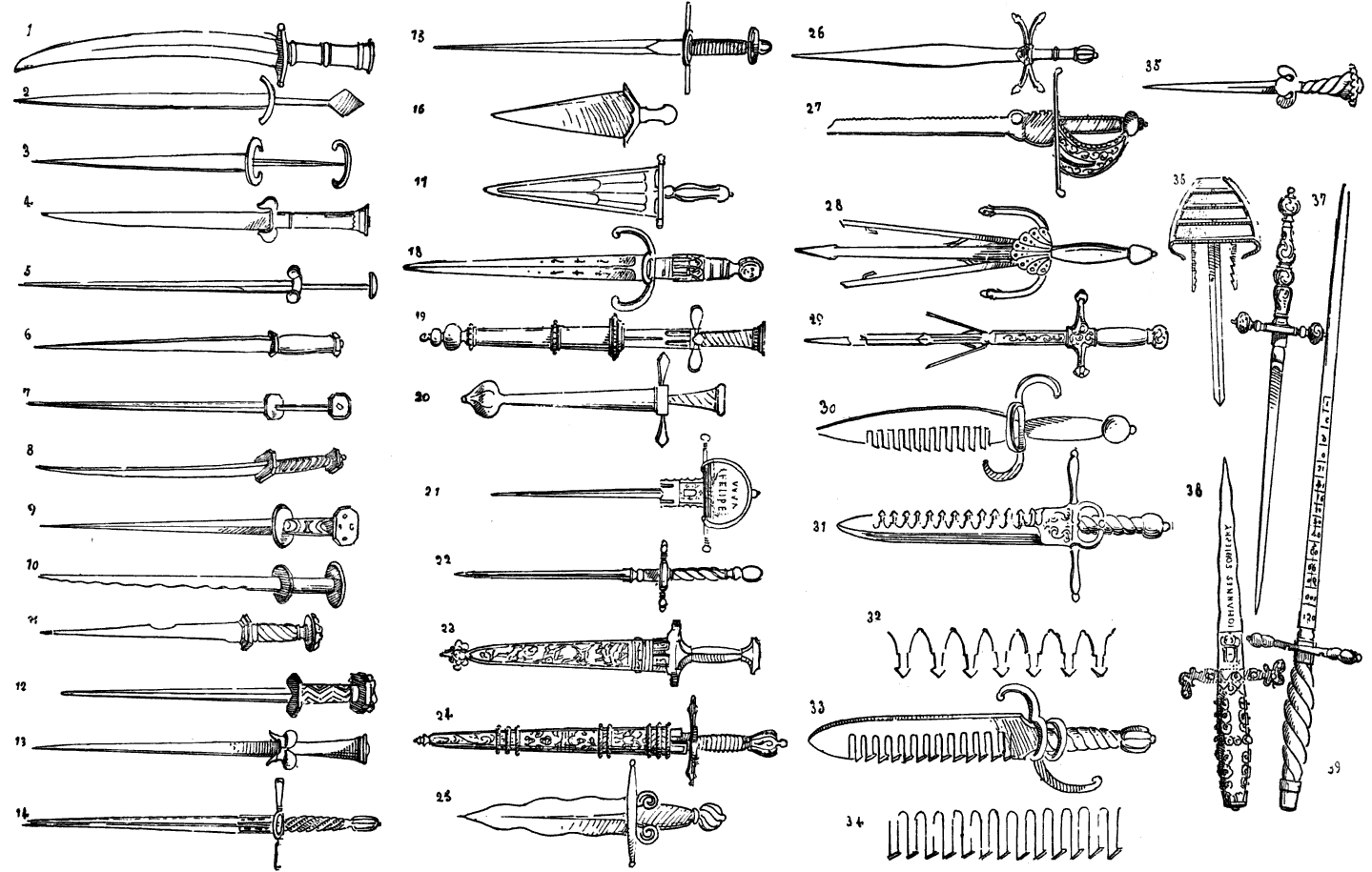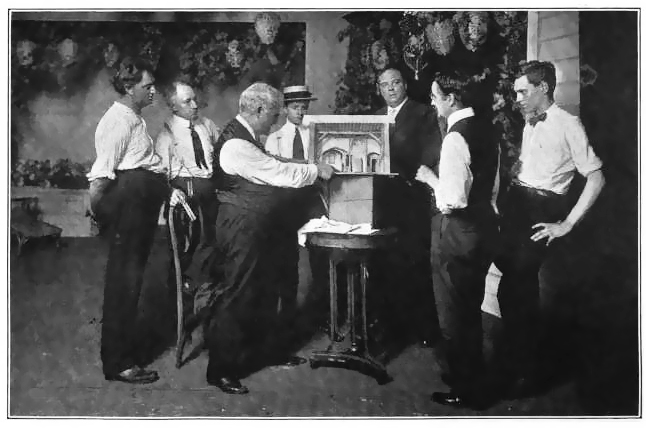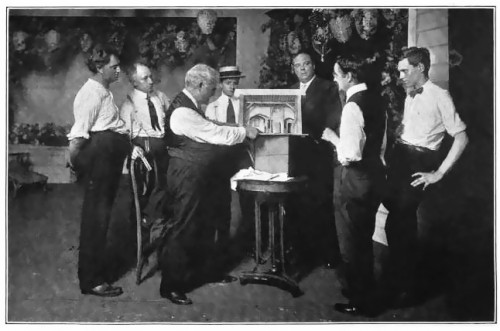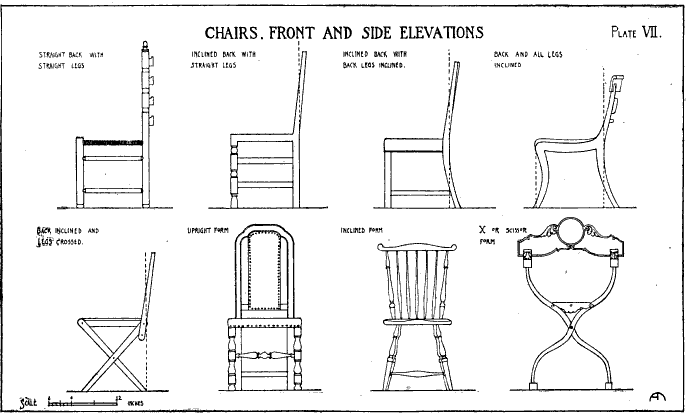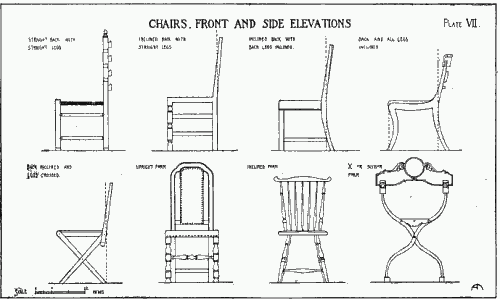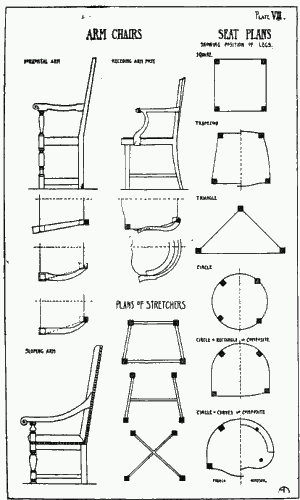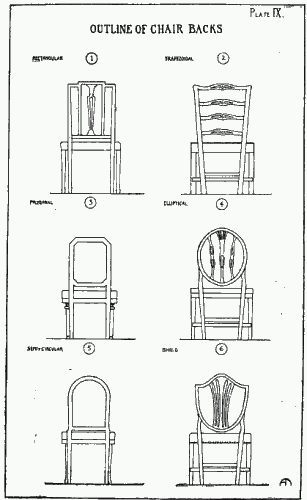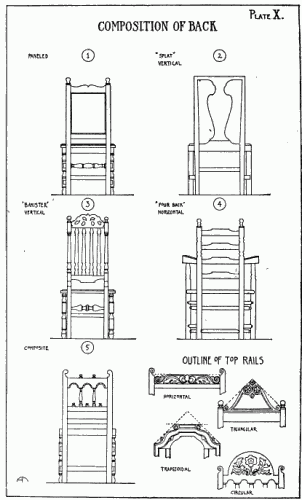This came through the prop managers group this past week (which got it from the stagecraft mailing list). Canadian mail-order catalogs from 1880 to 1975; like historical Sears catalogs, these are useful to see what the average Jane and Joe were buying throughout the last century and a half, making it great for period research.
The Design Observer Group has a semi-regular feature called “Accidental Mysteries”. The most recent installment features photographs and scans of antique measuring and marking tools. Other Accidental Mysteries have interesting things, such as these weekly rail passes from St Louis in the 1940s, and these punk and metal flyers from the 1980s-90s.
Chris Schwartz (of Popular Woodworking and Lost Art Press) is working on an interesting-sounding book on the “furniture of necessity”. Where the furniture of the rich and powerful is well-documented and archived, the furniture of everyday life is difficult to date and keep track of, particularly before the age of photography and mail-order catalogs. He is delving deep into research to come up with the forms of furniture that have remained unchanged for 200 years or more. It sounds like it could be potentially interesting for those prop masters and set designers who need to make period furniture for characters who couldn’t afford Chippendale chairs.
Here are a few interesting snapshots taken behind-the-scenes from the original Batman TV show (1966-68). Not much information on their provenance, but still pretty fascinating.
This site has a large number of videos, such as several different “documentaries” on various matte and miniature artists who have worked on films like Superman, Dark Crystal, The Rocky Horror Picture Show, The Thief of Baghdad, La Fin du Monde, The Third Man, Clash of the Titans, and The Da Vinci Code. It also has video featuring interviews of people who have worked on the FX crews of the Alien movies, and a video talking about restoring the Nostromo (the giant spaceship model) from the original Alien films. The videos are rather long and kind of all over the place; some of them have original 3D animation interspersed within the interviews. I’m not sure where the videos came from, but if you are willing to fight through the odd parts, you can pick up some interesting tidbits from the creators of some of cinema’s best visual effects.

